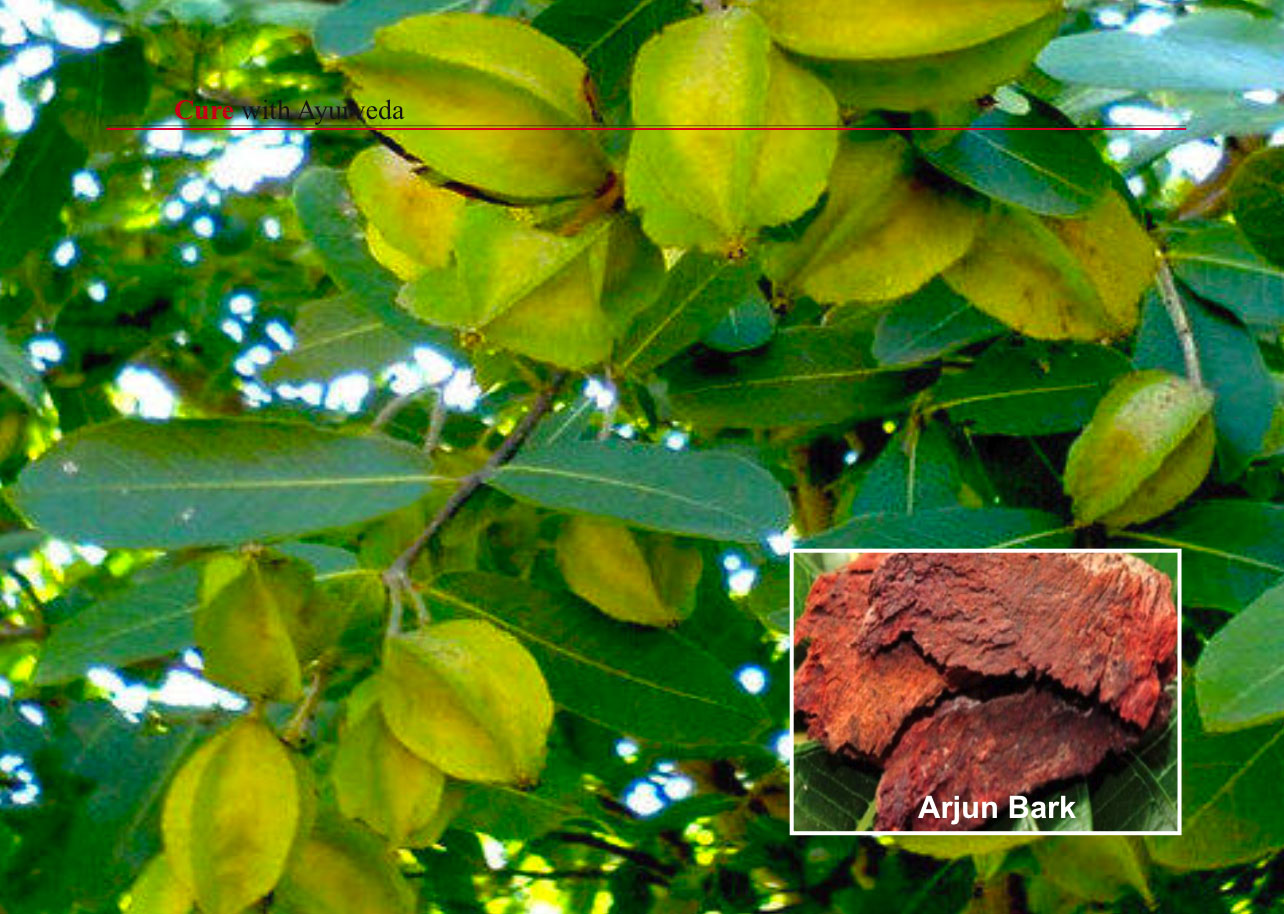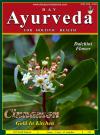Human heart is a tireless fist sized muscular organ vital for survival. It keeps our blood flowing and life going. It is the world's best pump house that pumps approximately 6,000 to 7,000 liters of blood per day.
Our blood is the source of nutrition to body cells. It provides essential components like glucose, amino acids, fatty acids along with oxygen and it also removes waste products from cells. Everyone has only one heart and by following faulty diet and lifestyle, we cut down its efficiency. In human body, heart is situated in the left side of chest between both lungs and is protected by muscles, chest bone and rib cage. It is four chambered organ which is divided into right and left halves. Right side is related to blood rich in carbon dioxide. It collects impure blood from whole of body through veins and delivers to lungs. Left side of heart receives pure oxygen rich blood from lungs and pumps it to the whole of our body through blood vessels called arteries. The heart gets its share of blood through coronary arteries.
There are many factors responsible for heart disease like structural abnormalities of heart, functional abnormality, diseased blood vessels of heart which is also called cardiac vascular disease (CVD), abnormality related to rhythms and congenital heart diseases. Out of all these categories, cardiovascular diseases (CVD) are the major cause of death in Indian population. The prevalence of CVD in India is rising year by year on account of sedentary lifestyle, faulty dietary habits, stress and other factors. The important alarming feature is the overall burden on the economy. Medicines for survival after a heart attack are usually expensive. Essential laboratory and other tests also cost much. In countries like India where we are struggling with dengue and malaria how we would generate resources to treat heart diseases is a big question.
Risk Factors For Heart Diseases
• Obesity
• Alcohol
• Smoking
• Increased age
• Family history
• Lack of exercise
• Stress and anger
• Excessive fat intake
• High blood pressure
• Uncontrolled diabetes
The term risk factor means exposure of an individual to a particular substance which increases the likelihood of developing a disease or injury. The more the exposure to risk factors, the greater are the chances of getting heart disease. Many of the risk factors are non-modifiable. These are the factors which cannot be changed. They include a person's age, family history etc. Modifiable cardiovascular disease risk factors are the factors which can be reduced or controlled with our behavior. By making some lifestyle changes, people are able to lower their chances of developing cardiovascular disease. Quitting smoking and alcohol, diet control and regular exercise are modifiable risk factors.
Ayurvedic Care For Healthy Heart
Ayurveda states the cause of heart disease is due to dhamani pratichaya (degenerative changes in arteries) and dhamini kathinaya (hardening of arteries).
In our ancient texts, there are many useful herbs which not only enhance heart health but also remove toxins deposited in the chambers of heart and blood vessels. They increase elasticity of blood vessels and fight back atheroscierosis, the underlying cause of most heart diseases. Atherosclerosis causes plaque to build up in our arteries, blocking the flow of oxygen rich blood to our heart and other organs.

3 HERBS FOR HEART
1. Arjun
Arjun chaal (bark) is a potential ayurvedic remedy for heart diseases. It is described in all ancient text of Ayurveda. Its bark gets flaked off itself in the early summer season (April-May). Various studies done on Arjun bark show that it possesses many health benefitting properties like anti-ischemic, anti-oxidant, blood pressure lowering, anti-platelet, hypolipidemic and anti-atherogenic. All these properties make Arjun a strong cardio protective agent. It increases blood flow to coronary arteries and reduces blood pressure. It is helpful in decreasing the plasma level of lipids and cholesterol in blood. Its bark powder is also advisable for the patients suffering from anginal pain and who had heart attack. It also tones up heart muscles to work better and for longer duration.
Arjun can be taken in powder form, extract capsules, tablets, arishta and with milk preparation called Arjun Ksheer Paak. Arjun ksheer Pak is very famous ksheer (milk) kalpana (formulation).
Recipe of Arjun Ksheer Pak
Ingredients
Arjun bark 20 gm
Cow's milk 160 ml
Water 640 ml
Mishri ½ tsp
Method of Preparation
1. Take coarse powder of Arjun bark and soak it over night in water.
2. Next morning, transfer the material in stainless steel pan and add milk of above stated quantity in it.
3. Now simmer the contents till only milk remains and all water has evaporated.
4. The remaining liquid is called Arjun Ksheer Pak. Filter the liquid and take it lukewarm empty stomach in morning.
Arjun Ksheer Pak Benefits
Arjun Ksheer Pak is a cardiac-tonic, strong anti-oxidant, gives strength to heart and is useful in various cardiac diseases. It is beneficial for patients suffering from weakness of heart, angina, high cholesterol and elevated blood pressure. It also prevents heart attack.

2. Garlic
Garlic is a world famous plant in the Allium (onion) family. Its use is well documented in ayurvedic texts and in all the major civilization of the world. It has significant impact on reducing blood pressure and on reducing the level of bad cholesterol (LDL). It also contains many anti-oxidants which prevent heart and blood vessels from oxidative damage and thus controls early degenerative changes in arteries. Today, pharmaceutical companies have made garlic tablets/capsules for making it more patient friendly.
3. Guggul
Guggul is made from the sap of Commiphora mukul tree. It is native to India. It is used in Ayurvedic medicines and is recommended in treating atherosclerosis (hardening of arteries) and obesity. Apart from helpful for heart, it is also used for joint pain, thyroid disorder, acne etc. Guggul capsules are available in market which could be used by patients of heart disease on recommendation of physician.
Apart from these, many other herbs are useful in heart diseases like Pushkarmool, Kutha, Karveer, Cinnamon, Onion, Turmeric etc. These herbal medicines should be used on doctor's advice.
5 Yogasanas For Heart
Yoga is ancient mind body technique which is becoming increasingly popular throughout the world because of its several health benefits. It is a system which brings physical wellness, mental harmony, positive thinking and happiness. Yoga is not merely about a few asanas and pranayama but it is a holistic life style which can make our body strong and enables us to keep away from many diseases. Modern life style stress has been shown to be a major contributing factor to many heart diseases. But the good news is that we can do a lot to cure it. A few simple stretches and breathing exercises could make us feel good especially our heart. Yoga is helpful in lowering the blood pressure and bad cholesterol. It improves heart rate and boosts circulation. It is very effective in dealing with day to day stress. Some of the yogic asanas and pranayamas are described here.

1. Bhujangasana (Cobra pose)
Bhujangasana is also a very vibrant pose for heart health. It has positive impact on blood and circulatory system. Regular practice improves heart function and can also help to regain elasticity of blood vessels. Cobra pose improves energy levels of the body and prepares the mind to deal with everyday stress.
2. Vrikshasana (tree pose)
Vrikshasana helps in developing strong balanced posture. It broadens the shoulders and opens up the heart making one feel relaxed, happy and in a state of balanced mind.
3. Trikonasana (Triangle pose)
Trikonasana is a standing yoga posture which improves the condition of heart and blood vessels. It is preventive and curative thus beneficial for both healthy and the patients suffering from heart trouble. Triangle pose expands chest and breathing becomes deep and rhythmical.

4. Utkatasana (Chair pose)
Utkatasana brings stability of body and the mind both. It increases stamina and one can feel increased heart and respiration rate after doing the pose. It stretches chest and stimulates heart. It also improves the blood circulation.

5. Setu bandhasana (Bridge pose)
This pose facilitates blood flow to heart and lungs and stretches the spine and chest. It is rejuvenating to heart and brings calmness to the body and mind.
Apart from these yoga poses, Anuloma-Viloma and Bhramri Pranayama are very helpful for the heart's health and can be practised easily by any age group.
Good Food Means Good Heart
Heart loving individuals should take mixed cereals, lentils, good amount of fruits and vegetables in the diet and eat them without adding excessive salt and sugar. Vegetables like spinach, broccoli, cauliflower, tomato, carrot, cucumber and fruits like oranges, pomegranate, banana, melon, water- melon, avocados, grapes, walnuts, almond are beneficial for keeping heart healthy. Adding flax seeds and chia seeds improve heart and arteries internal status. Oils like olive and canola are good for heart. Besides this, safflower, sunflower oil, cottonseed oil have anti inflammatory and anti blood clotting effects and are significantly beneficial for heart.
Food to Avoid in Heart Diseases
Vegetables with creamy sauces, fried vegetables, canned fruits, frozen fruits, white-refined flour, bakery products, high fat snacks, coconut oil, palm oil, cotton seed oil, butter, cocoa butter, full fat milk and other diary products, processed meat, redmeat, organ meat, canned soups, ketchup, white rice, white bread, mayonnainse, restaurant meals, frozen meals and soda drinks.
Dr. Gagan Thakur
Associate Professor,
Dayanand Ayurvedic College, Jalandhar.
Mob.: +91 9465466589,
ashugag21@gmail.com







 Dec 2024
Dec 2024
 May 2024
May 2024
 September 2022
September 2022
 April 2022
April 2022
 October 2020
October 2020
 Jan 2020
Jan 2020
 June 2019
June 2019
 January-February 2019
January-February 2019
 Augest-September
Augest-September
 April 2018
April 2018
 November 2017
November 2017
 June 2017
June 2017
 November 2016
November 2016
 September 2015
September 2015
 March 2015
March 2015
 July 2014
July 2014
 January 2014
January 2014
 July2013
July2013
 March 2013
March 2013
 May 2012
May 2012
 May 2011
May 2011
 Sep 2010
Sep 2010
 Jun 2010
Jun 2010
 Feb 2010
Feb 2010
 December 2009
December 2009
 August 2009
August 2009
 June 2009
June 2009
 Feb 2009
Feb 2009
 December 2008
December 2008
 October 2008
October 2008
 March 2008
March 2008
 July 2008
July 2008
 May 2008
May 2008